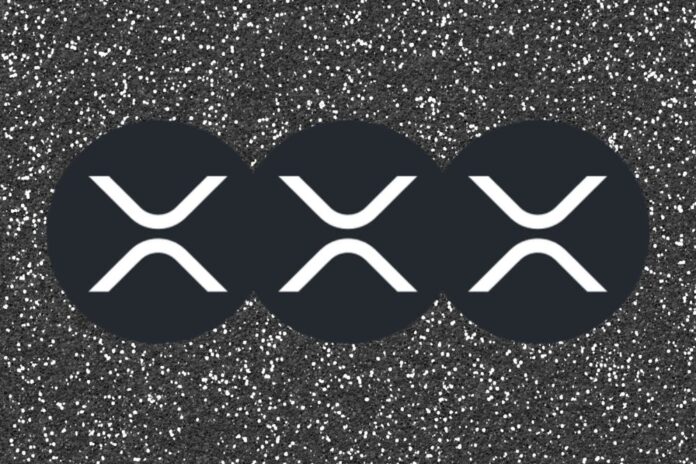XRP, a cryptocurrency designed for facilitating cross-border payments, is in the news again, as prominent crypto figures debate its potential price cap. CryptoSensei (@Crypt0Senseii), a prominent crypto personality on X, recently analyzed factors that could propel XRP to new heights, specifically highlighting the role of institutional adoption.
CryptoSensei emphasizes liquidity as a key driver for XRP’s price. He referenced a video from Quincy Jones, a popular Software Developer at the XDC Foundation, who proposes a connection between XRP’s value and the volume of assets it helps transfer.
Read Also: XRP Could See Trillions Inflows with XRPL Grabbing 1% of $1.4 Quadrillion from Tokenization Market
Essentially, as the number of assets (including bonds and security tokens) on XRP Ledger (XRPL) increases, there would be a need for an increase in the price of XRP to facilitate potential transactions efficiently.
Jones, thereby, argues in his analysis that this could propel XRP to $100, $100,000, and even $1,000,000.
This demand for XRP stems from the fact that market participants would require XRP to purchase these tokenized assets. Furthermore, Jones suggests that institutions could even issue global debt on the XRPL, considering the current global debt of $305 trillion. Processing such a vast sum could significantly increase XRP’s value based on the required liquidity.
CryptoSensei agrees with this assessment, highlighting the high likelihood of global institutions leveraging blockchains like the XRPL for asset issuance.
Tokenization and the XRPL’s Advantage
One area driving institutional interest is tokenization. This is the process of converting real-world assets into digital tokens on a blockchain. The XRPL is well-positioned to capitalize on this trend. Ripple CTO David Schwartz has expressed his belief that the XRPL could become the preferred platform for tokenization due to its efficiency, and he expects to see tokenized assets on XRPL by 2025.
This advantage is further emphasized by recent transactions performed using the XRPL. Michael Arrington, founder of TechCrunch, recently recounted his firm’s experience transferring $50 million on the XRPL with a minimal fee of $0.30, a stark contrast to the high fees often associated with traditional payment systems for such large transactions.
Arrington emphasizes the XRPL’s speed and cost-effectiveness, questioning the resistance it faces within the cryptocurrency community.
Another recent transaction involved a $755 million transfer completed in 4 seconds with a $0.01 transaction, further highlighting the XRPL’s advantages.
We are on twitter, follow us to connect with us :- @TimesTabloid1
— TimesTabloid (@TimesTabloid1) July 15, 2023
Read Also: Chartist Explores XRP Key Levels, States Support and Resistance to Monitor for the Next 100 Days
Hurdles to XRP’s Adoption
Despite the XRPL’s potential, CryptoSensei identifies regulatory uncertainty as the primary obstacle to widespread institutional adoption. Many companies hesitate to enter the U.S. market due to unclear regulations.
The SEC’s lawsuits against several firms that deal in crypto assets deemed unregistered securities further deter institutional involvement. CryptoSensei argues that clear regulations would encourage financial institutions to embrace blockchain solutions, ultimately benefiting XRP.
Follow us on Twitter, Facebook, Telegram, and Google News


